“How to Obtain a Lower TDS Certificate for NRIs on Property Sale”, is a frequently asked question by NRIs and OCIs wanting to sell their property in India.
Read MoreOct, 2024


“How to Obtain a Lower TDS Certificate for NRIs on Property Sale”, is a frequently asked question by NRIs and OCIs wanting to sell their property in India.
Read More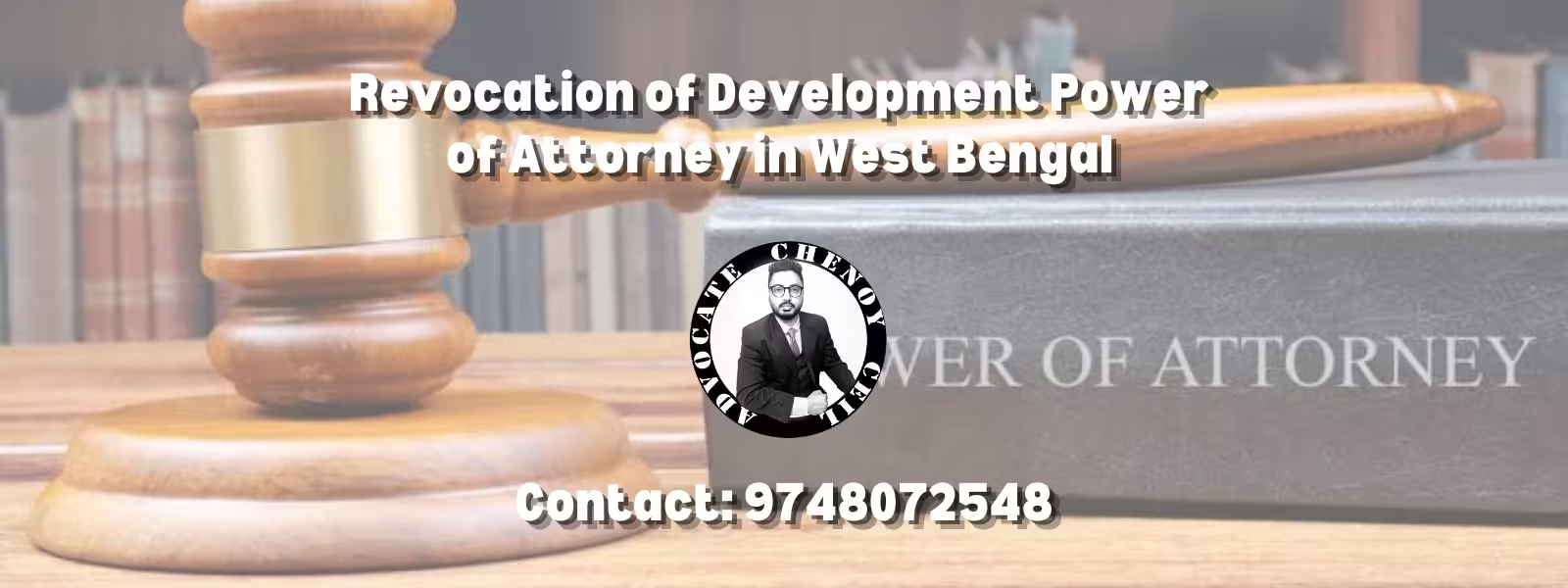
Revocation of Development Power of Attorney in West Bengal impacts property transactions and ownership rights.
Read More
“10 Types of Property Frauds in West Bengal to Avoid during Flat Purchase” is clearly the most asked question for any home buyer in West Bengal.
Read More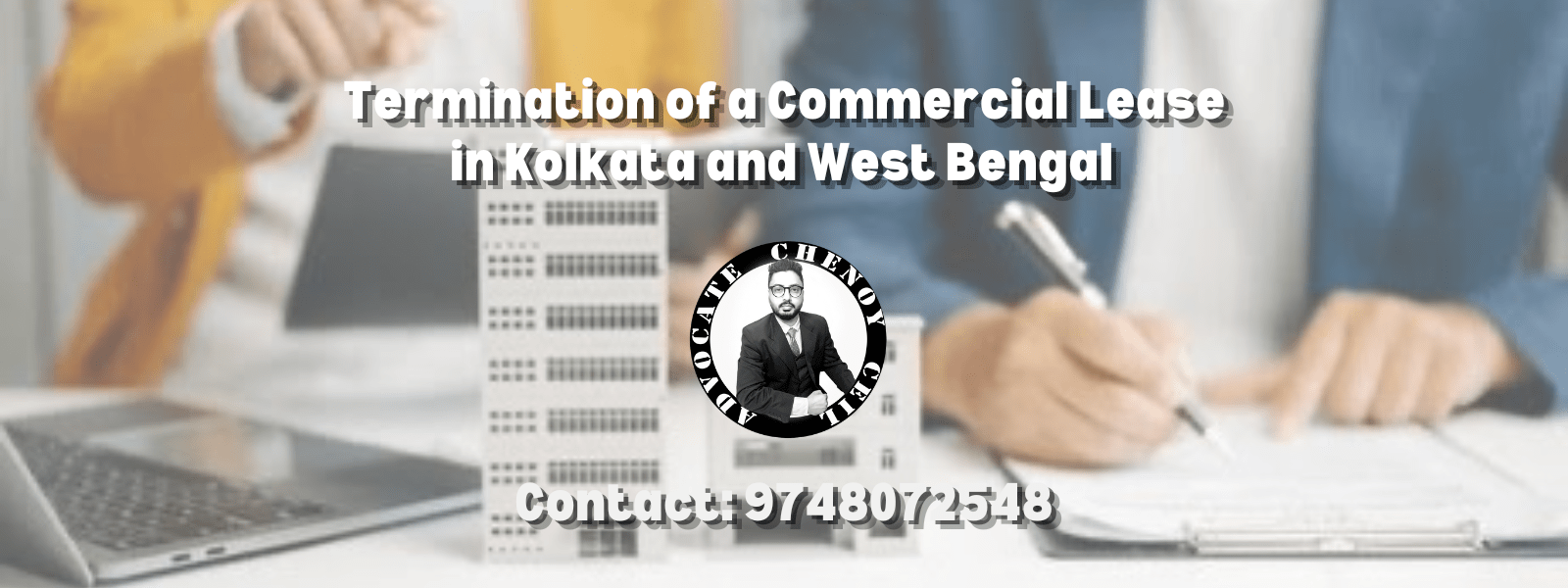
Terminating commercial lease in Kolkata and West Bengal involves navigating through various legal intricacies outlined in statutes and court precedents.
Read More
Advantages and disadvantages of a Section 8 company helps you decide whether such organisations can be the right choice for social causes.
Read More
Application of Commercial Courts Act, 2015 in West Bengal reflects a concerted effort to modernize India’s legal framework for commercial dispute resolution.
Read More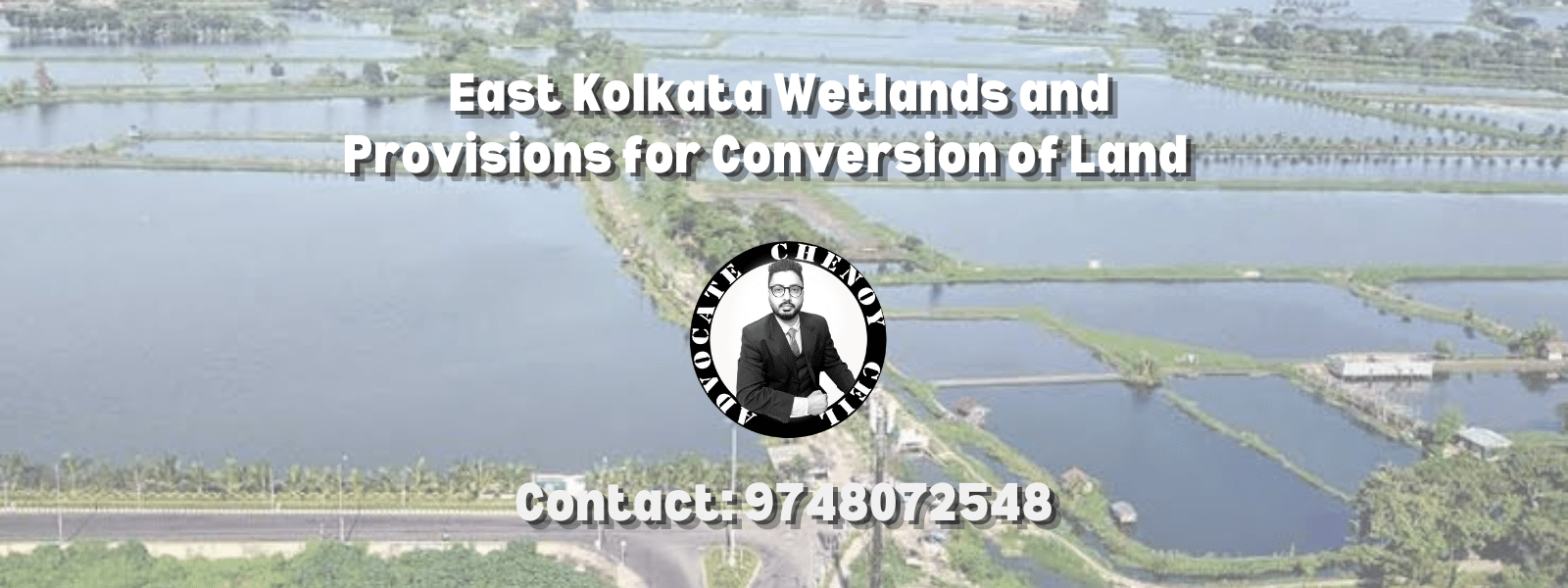
East Kolkata Wetlands and provision for conversion of land is an important aspect to understand how wetlands are governed within West Bengal.
Read More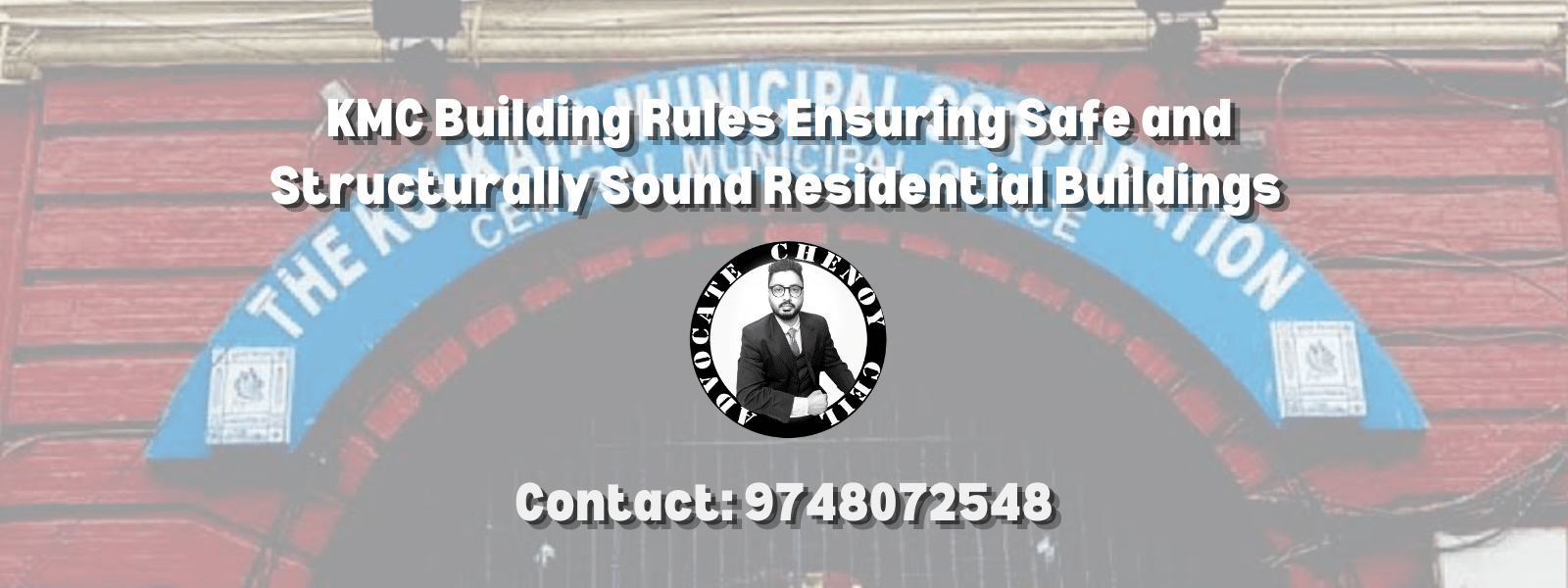
KMC building rules ensuring safe and structurally sound buildings help to protect occupants, promote sustainability and enhance community resilience in Kolkata.
As one of India’s bustling urban hubs, Kolkata boasts a rich tapestry of architectural marvels, from towering skyscrapers to quaint residential dwellings. However, amidst this diversity lies a crucial mandate: ensuring the safety, security, and well-being of its citizens. The Kolkata Municipal Corporation (KMC) has risen to this challenge by implementing a comprehensive set of regulations known as the Kolkata Municipal Corporation Building Rules, 2009. In this article, we delve into the intricate framework of the KMC Building Rules, shedding light on their importance and implications for the city’s urban landscape.
The Kolkata Municipal Corporation (KMC), as the governing body of the metropolitan city, has established a comprehensive framework of regulations governing all types of construction activities within its jurisdiction. These regulations encompass a wide array of crucial aspects, including building permits, restrictions on building height, zoning regulations, and standard floor area ratio. Additionally, the KMC’s building rules encompass specific guidelines for constructing boundary walls, basements, parking lots, kitchens, bathrooms, bedrooms, and open areas in residential buildings. Compliance with these regulations is mandatory for all construction projects undertaken in Kolkata, ensuring adherence to safety protocols and maintaining structural integrity.
March 5, 2024, marked a significant milestone in Kolkata’s urban development trajectory as the Kolkata Civic Body unveiled a ground-breaking initiative. In a bid to widen adjacent roads and enhance vehicular movement, the KMC announced an incentivized scheme for landowners. Those willing to donate a portion of their land to the civic body would receive additional Floor Area Ratio (FAR) during construction. This initiative not only underscores the pivotal role of landowners in urban development but also aligns with the KMC’s vision for safer and more accessible neighbourhoods.
Central to the KMC’s regulatory framework is the definition of residential buildings. These structures, encompassing single-family dwellings, multi-family units, hostels and group housing complexes, serve as the cornerstone of urban habitation. The KMC’s meticulous guidelines for residential construction aim to ensure occupants’ safety and comfort, laying the foundation for harmonious community living.
To get the residential building sanctioned by the KMC, one must follow the steps mentioned below:
Beyond residential edifices, the KMC Building Rules extend their purview to include commercial, industrial, institutional, assembly, and hazardous buildings. Each category is subject to specific regulations tailored to address the unique challenges and requirements associated with diverse building types.
The Kolkata Municipal Corporation (KMC) Building Rules meticulously outline regulations concerning boundary walls encircling buildings. These guidelines mandate that every building must be encased by a boundary wall or fence to delineate property lines and uphold the privacy and security of occupants. Stipulations within these rules specify both minimum and maximum heights for boundary walls, contingent upon building type and location. Residential buildings, for instance, are mandated to have a boundary wall with a minimum height of 1.5 meters and a maximum of 2.75 meters. Conversely, commercial and industrial structures are subject to minimum heights of 2.75 meters and maximum heights of 3.65 meters. Moreover, the regulations dictate the distance at which the boundary wall must be erected from the road and adjacent buildings, with residential structures requiring a minimum distance of 1.2 meters and commercial or industrial buildings necessitating a minimum distance of 2.4 meters. Additionally, the KMC rules prescribe the use of durable materials such as brick, stone, or concrete for boundary wall construction to ensure structural integrity and resilience against natural elements.
In adherence to the Kolkata Municipal Corporation (KMC) Building Rules, boundary walls play a pivotal role in demarcating property lines and safeguarding privacy and security. These regulations mandate the construction of boundary walls or fences around every building to uphold occupants’ privacy and safety. The rules stipulate specific parameters for boundary wall height, contingent upon the type and location of the structure. For residential buildings, the minimum height of the boundary wall is set at 1.5 meters, with a maximum height of 2.75 meters. Conversely, commercial and industrial buildings must adhere to minimum heights of 2.75 meters and maximum heights of 3.65 meters. Furthermore, the KMC regulations dictate the minimum distance from the road and neighbouring buildings for boundary wall construction, with residential structures requiring a minimum distance of 1.2 meters and commercial or industrial buildings necessitating a minimum distance of 2.4 meters. Additionally, the rules mandate the use of robust and approved materials such as brick, stone, or concrete to ensure structural durability and resilience against environmental factors like wind and rain.
In accordance with the Kolkata Municipal Corporation (KMC) Building Rules, the permissible height of a building is contingent upon the width of the road it fronts. For structures facing roads with widths up to 9 meters, the maximum allowable height stands at 11 meters. Buildings situated along roads spanning 9 to 12 meters in width are limited to a maximum height of 15 meters. Similarly, buildings facing roads ranging from 12 to 18 meters wide can extend up to 24 meters in height. Notably, for buildings facing roads exceeding 18 meters in width, the maximum permissible height is extended to 45 meters. Additionally, the KMC’s regulations dictate the minimum height requirements for rooms within buildings. In residential settings, habitable rooms must have a minimum height of 2.75 meters, while non-habitable rooms are mandated to maintain a minimum height of 2.4 meters. These stipulations ensure uniformity in building heights while prioritizing safety and liveability standards within structures.
Basements play a crucial role in many building structures, and the Kolkata Municipal Corporation (KMC) Building Rules provide detailed regulations regarding their construction and utilization in Kolkata. According to these guidelines, the construction of basements is permissible only in buildings with a plot size of at least 40 square meters. Additionally, the rules stipulate that the basement area should not exceed 50% of the ground floor area of the building to ensure structural stability. Prior to construction, approval from the KMC Building Department is mandatory. The department conducts thorough inspections of the site and reviews the construction plan to ensure compliance with regulations. Furthermore, specific guidelines are outlined for the utilization of basements within buildings. Basements can be utilized for various purposes such as storage, parking, or even as habitable spaces. However, if intended for habitation, basements must adhere to specific requirements including adequate ventilation, lighting, and access to natural light to ensure occupant safety and comfort. These stringent regulations aim to uphold building integrity and ensure safe and functional basement spaces within Kolkata’s urban landscape. The construction of the basement must adhere to the specifications outlined in the West Bengal Fire Services Act of 1950, along with the Fire Prevention and Safety Rules of 1996. Additionally, it must conform to the standards set forth in the national building codes.
The West Bengal Municipal Building Rules 2024 outline specific regulations regarding parking areas within buildings. According to these rules, parking facilities must be situated on the ground floor or within the building’s basement. The design of the parking area should prioritize accessibility for vehicles and user convenience. Additionally, regulations mandate proper ventilation, adequate lighting, and effective drainage facilities to prevent water accumulation within the parking area. Furthermore, the KMC Building Rules specify minimum dimensions for parking spaces, which vary based on the type of vehicle. For instance, car parking spaces must have a minimum width of 2.75 meters and a length of 5 meters, while two-wheeler parking spaces should be at least 1.2 meters wide and 2.5 meters long. Moreover, the rules emphasize the necessity of providing sufficient manoeuvring space within the parking area to facilitate safe entry and exit for vehicles. These stringent guidelines aim to ensure the functionality and safety of parking facilities within buildings as per KMC regulations.
In adherence to the Kolkata Municipal Corporation (KMC) Building Rules, kitchens must be constructed as separate rooms with meticulous attention to ventilation, lighting, and drainage facilities. These regulations dictate that kitchens should have a minimum height of 2.75 meters and a minimum floor area of 7.5 square meters to ensure adequate space and functionality. Furthermore, kitchens must be equipped with both natural and artificial lighting sources and be adequately ventilated to prevent the accumulation of smoke and odours. Specific requirements are outlined for the installation of gas stoves within kitchens, mandating that they be placed in a separate area with proper ventilation and connected to the gas supply through a gas regulator. Additionally, gas stoves must be installed at a safe distance from other appliances, ensuring adequate clearance from walls and ceilings to mitigate potential safety hazards. These stringent guidelines aim to uphold safety standards and ensure optimal functionality within kitchen spaces as per KMC regulations.
Kolkata Municipal Corporation (KMC) Building Rules pertaining to bathrooms encompass various aspects including size, layout, and ventilation standards. According to these guidelines, each dwelling unit must include at least one bathroom, with a minimum floor area of 1.5 square meters. Additionally, bathrooms must be well-ventilated, with provisions for natural light and air through the installation of exhaust fans or windows. Furthermore, the KMC mandates the use of waterproof materials in bathroom construction to prevent water damage, with proper drainage facilities and sloped floors ensuring effective water removal. The drainage system must connect to a proper sewage system to maintain hygiene standards and prevent water accumulation, emphasizing the importance of cleanliness and sanitation. All bathroom fixtures, including toilets, washbasins, and showers, must be regularly cleaned and sanitized to mitigate the spread of diseases. Strict guidelines for waste disposal are also outlined to uphold hygiene standards within bathroom facilities as per KMC regulations.
The Kolkata Municipal Corporation (KMC) has established specific guidelines for open areas within residential structures, emphasizing the importance of proper design and maintenance to ensure usability and safety. According to these guidelines, open spaces should be well-ventilated, with sufficient provision for natural light and air circulation. Additionally, the design of open spaces should prioritize accessibility and safety, particularly for vulnerable populations such as children and the elderly. These measures aim to create environments that are conducive to leisure and recreation while ensuring the well-being of residents within residential complexes.
The Kolkata Municipal Corporation (KMC) has established guidelines regarding the maximum permissible ground coverage for various occupancies or user groups based on plot size. For residential buildings, the maximum ground coverage is set at 60% for plots up to 200 square meters and 50% for plots of 500 square meters or more. Similarly, educational and institutional buildings are allowed a maximum ground coverage of 50% and 40%, respectively, with slight variations based on plot size. Additionally, for plots measuring between 200 square meters and 500 square meters, the percentage coverage is calculated through direct interpolation. For larger plots exceeding 5000 square meters, the maximum permissible ground coverage is reduced to 45% for residential buildings and 35% for other occupancies, including mixed occupancy. However, for buildings on plots of 5000 square meters, an additional ground coverage of up to 15% may be allowed for car parking and building services, such as A.C. plant rooms and generator rooms, subject to compliance with relevant rules and regulations. This additional coverage is exclusively reserved for car parking, ramps, staircases, lifts, and essential building services, not exceeding 5% of the total additional coverage.
Floor Area Ratio (FAR) stands as a fundamental component of building regulations in Kolkata, as established by the KMC. These guidelines ensure that constructions within the city meet specific standards. FAR represents the ratio of a building’s total floor area to the size of the land it occupies, impacting density and building height. It’s synonymous with Floor Space Index (FSI). The KMC aims to foster sustainable and orderly urban development by setting precise FAR guidelines, crucial for preventing overcrowding and maintaining adequate space for residents and visitors. Enforcing these regulations ensures buildings are functional and visually appealing.
The KMC mandates adherence to FAR regulations for property owners and developers in Kolkata. These rules uphold construction standards and ensure city infrastructure’s safety and efficiency. Covering diverse aspects such as permissible construction materials and space allocation for different building types, the rules also restrict building sizes to prevent overcrowding and maintain ample movement space. They set limitations on building height and the number of floors permitted per structure to preserve the city’s aesthetic and functional integrity. Recently, the KMC revised building regulations to allow additional parking space construction beyond FAR limits in projects exceeding 1,00,000 sqft. Formerly, parking space wasn’t included in FAR calculations, but now, up to 40 percent of required parking space can be constructed without affecting FAR. Any excess beyond this limit will contribute to the overall FAR for the plot. As determined by the Mayor-in-Council, the floor area ratio must be in compliance with the West Bengal Town and Country (Planning and Development) Act, 1979.
B. Deviation in Individual Floor Height:
2. Fees for Unauthorized Structures with Sloped Roofs:
3. Excess Ground Coverage Fees: Rs. 500/- per Sqm. for residential and Rs. 1000/- per Sqm. for other than residential, beyond permissible limits as per Building Rules.
Effective Area Charges
The Kolkata Municipal Corporation’s Building Rules 2024 epitomize its commitment to fostering safe, sustainable urban environments. Adherence to these regulations is paramount for architects, builders, and homeowners, ensuring structures are not only aesthetically pleasing but also structurally sound and conducive to well-being. By embracing these guidelines, stakeholders collectively contribute to Kolkata’s evolution as a safer, more liveable metropolis for generations to come.
For more information and guidance on KMC building rules, get in touch with an experienced property lawyer in Kolkata and West Bengal, or click here.

“How to prevent builders from charging extra fees under RERA in West Bengal?” is a frequently asked question by the flat or apartment buyers in West Bengal.
Read More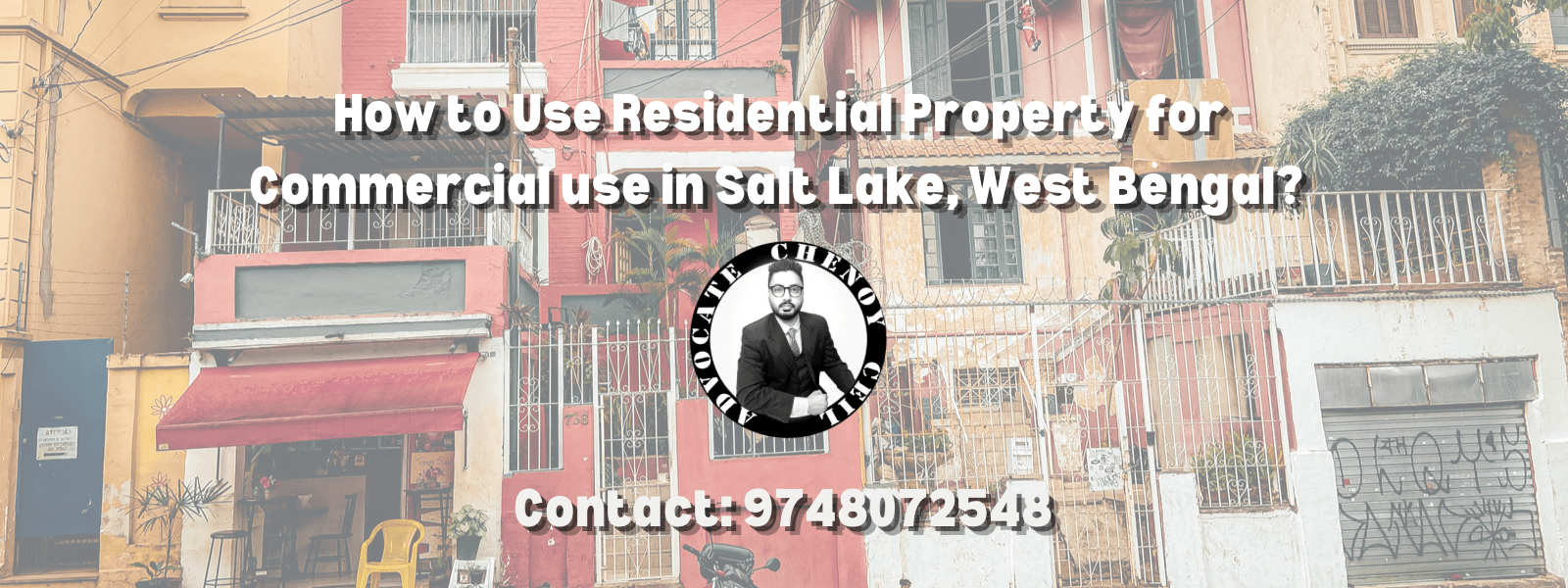
“How to use residential property for commercial purposes in Salt Lake” has always been the most frequently asked question by the residential property owners of Salt Lake, Bidhannagar, West Bengal.
Read More